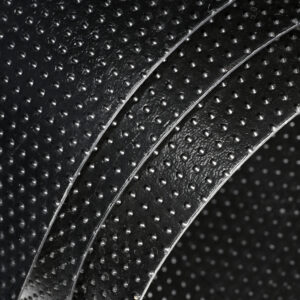8 steps to install geomembrane at landfill
Installing a geomembrane is an important step in ensuring that the bottom and sides of the landfill are leak-proof. Here are the usual installation steps:
1.Preparation:
Clean the landfill area to ensure a smooth surface and remove sharp objects and debris to prevent damage to the geomembrane.
Inspect and repair the bottom surface to ensure there are no sharp stones, debris or other objects that could puncture the geomembrane.
2.Lay protective layer:
A protective layer is laid at the bottom of the landfill, usually using sand or fine-grained soil. The purpose of this layer is to protect the geomembrane from damage from underground objects and provide additional buffering.

3.Laying geomembrane:
Lay the geomembrane on top of the protective layer. The geomembrane should completely cover the bottom and sides of the landfill, and there should be sufficient overlap. Usually the overlap is required in accordance with the design requirements.
4.Connecting and fastening:
Connect the edges of the geomembrane, usually using hot melt or chemical bonding to connect the overlapping parts together to ensure a complete anti-seepage layer.
Strengthen the fixation at the edges or overlaps of the geomembrane. You can use clamps, weights, or other fixing methods to ensure that the geomembrane will not be moved by wind or other factors.
5.Check and fix:
After completion of installation, inspect to ensure there is no obvious damage or breakage on the surface of the geomembrane. If any damage is found, promptly repair or replace the damaged part.
6.Quality Control and Testing:
Conduct quality control and testing of geomembranes, which usually includes testing the anti-seepage performance of the geomembrane to ensure that it meets design requirements and environmental standards.

7.Cover with protective layer:
A protective layer is laid over the surface of the geomembrane, usually using gravel, compacted soil, or other suitable covering material. The purpose of this layer is to protect the geomembrane from sunlight, mechanical damage or other external factors.
8.Record and maintain:
Record the detailed process and relevant data of the geomembrane installation, and establish a corresponding maintenance plan to ensure the long-term stable operation of the geomembrane layer in the landfill.
During the installation of geomembranes, it is crucial to strictly adhere to design requirements, safety standards and environmental protection regulations to ensure the environmental friendliness of the landfill and the long-term reliability of the operation.


